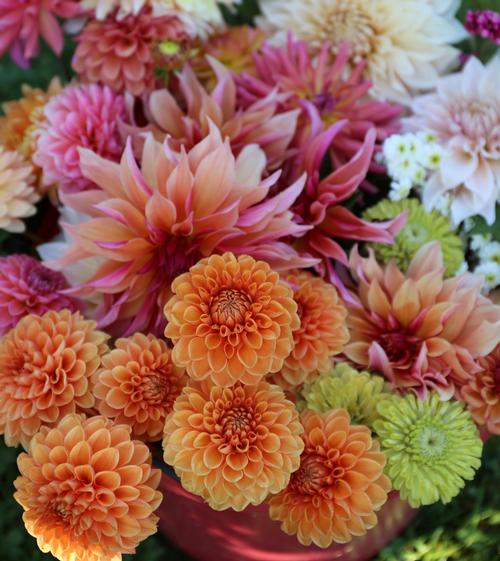
Bringing the Garden Inside: Growing Your Own Cut Flowers with Water-Wise Wisdom
Imagine waking up to a sun-drenched windowsill, adorned with a simple yet elegant bouquet. The vibrant colors and delicate fragrances fill your home with the warmth of summer, and the best part? You grew every single bloom yourself! Bringing the beauty of the garden indoors is a truly rewarding experience, connecting us to the natural world and adding a touch of joy to our everyday lives.
But what if you live in an area where water is scarce? Does that mean you have to forgo the pleasure of fresh-cut flowers? Absolutely not! With a little planning and some water-wise wisdom, you can cultivate a thriving cut flower garden that's both beautiful and sustainable. Let's explore how to grow your own cut flowers indoors with minimal water, bringing a touch of nature's artistry into your home.
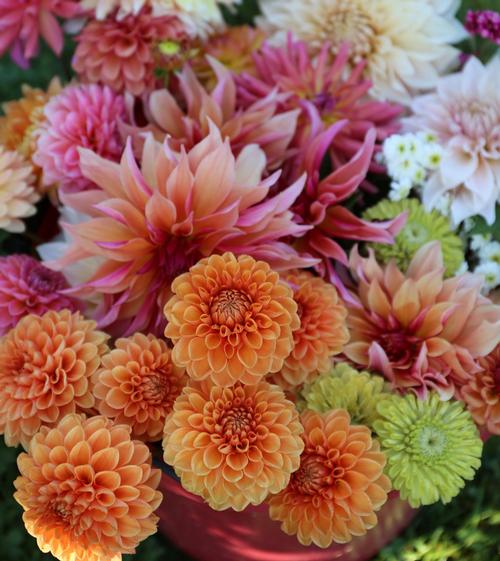
Growing Your Own Cut Flower Garden (Water-Wise Style)
The key to a successful water-wise cut flower garden is choosing the right varieties and employing smart gardening practices. Here are a few of our favorite flowers that thrive with less water and look stunning in bouquets:
Zinnias: A Burst of Color
Zinnias are practically synonymous with cut flower gardens, and for good reason. They're easy to grow, come in a rainbow of colors, and produce an abundance of blooms.
To grow zinnias specifically for cut flowers, start with good quality seeds of varieties like 'Benary's Giant' or 'Oklahoma', which have strong stems. When the seedlings are about 6 inches tall, "pinch" off the top of the main stem. This encourages the plant to branch out, resulting in more stems and ultimately, more flowers.
Zinnias thrive in well-drained soil. Avoid overwatering, and instead, water deeply but infrequently. This encourages the roots to grow deep in search of moisture, making the plants more drought-tolerant.
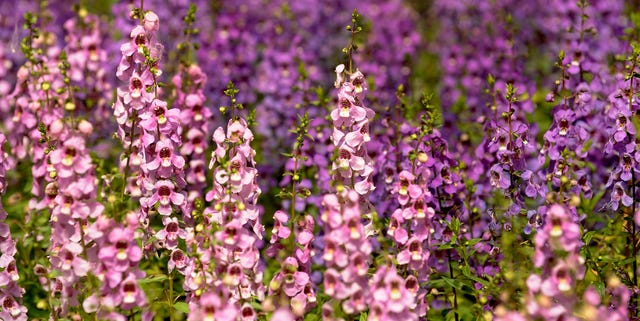
Dwarf Sunflowers: Miniature Sunshine
While towering sunflowers are impressive, dwarf varieties are perfect for smaller bouquets and indoor spaces. Consider varieties like 'Teddy Bear' or 'Sundance Kid'.
Plant dwarf sunflower seeds directly into your container, spacing them according to the seed packet instructions. To enjoy a continuous supply of blooms throughout the summer, try succession planting, sowing new seeds every two weeks.
To conserve moisture, mulch around the base of the plants with straw or wood chips. This helps to reduce evaporation and keep the soil cool.
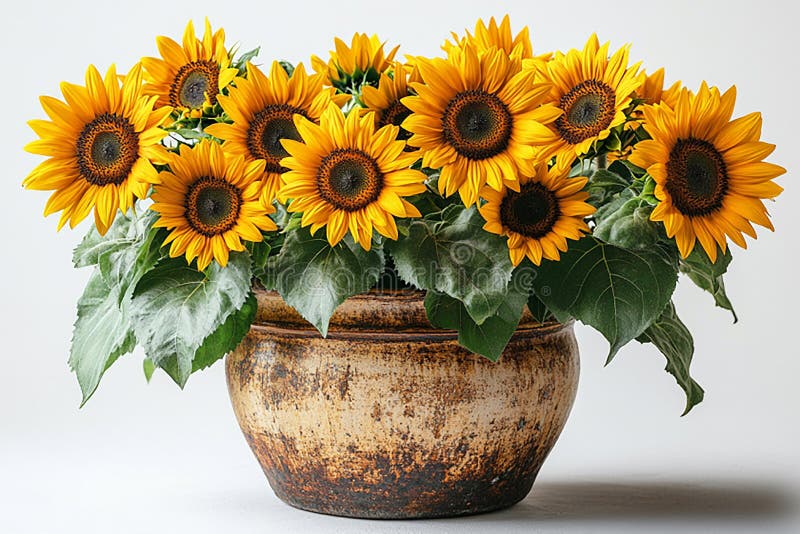
Cosmos: Delicate and Whimsical
Cosmos bring a touch of whimsy to any bouquet with their delicate, daisy-like flowers. For unique textures and colors, try 'Cosmic Orange' or 'Sea Shells' varieties.
Cosmos are relatively drought-tolerant once established. Be sure to deadhead spent blooms regularly to encourage the plant to produce even more flowers.
Avoid overwatering cosmos, and allow the soil to dry out slightly between waterings. They prefer well-draining soil and plenty of sunlight.
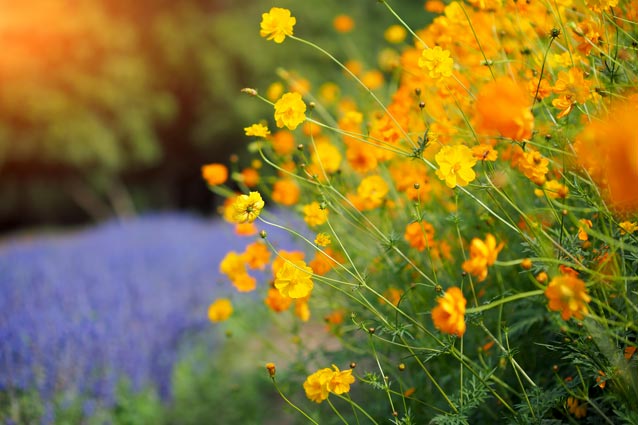
Sweet Peas: Fragrant Climbers
Sweet peas are known for their intoxicating fragrance and beautiful pastel colors. They add a romantic touch to any bouquet.
Sweet peas need support to climb, so provide them with a trellis or netting. Soak the seeds overnight before planting to improve germination rates.
Water deeply at the base of the plant to avoid wetting the foliage, which can lead to fungal diseases. Regular harvesting of the blooms will encourage the plant to produce even more flowers.
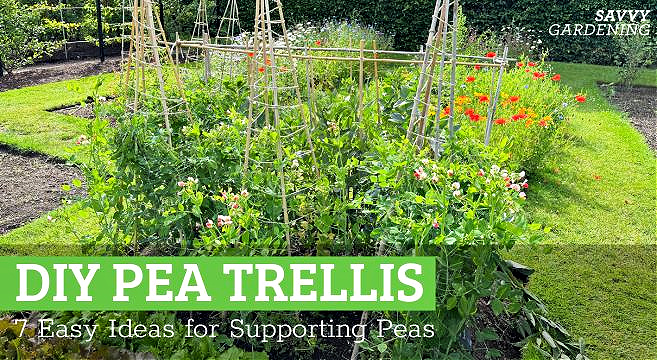
Creating Simple, Elegant Bouquets
Now that you've grown your own beautiful, water-wise cut flowers, it's time to arrange them into stunning bouquets! Here's a simple method using a flower frog:
Tools You'll Need:
- Floral snips (Felco F-2 recommended)
- Flower frog
- Clear glass bud vase (6-8 inches tall)
Step-by-Step Instructions:
- Cut the Flowers: Harvest your flowers in the early morning when they are at their freshest.
- Condition the Flowers: Remove any leaves that will fall below the waterline in your vase. This will help to prevent bacterial growth and prolong the life of your flowers. Immediately after cutting, place the stems in a bucket of cool water.
- Prepare the Vase: Place the flower frog in the bottom of your clear glass bud vase.
- Arrange the Flowers: Start by inserting the largest flowers (like the zinnias or dwarf sunflowers) into the flower frog, spacing them evenly around the vase. Then, add the cosmos and sweet peas, filling in the gaps and creating a balanced arrangement.
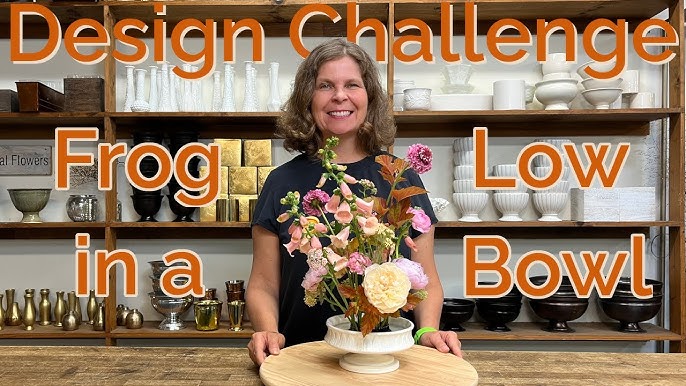
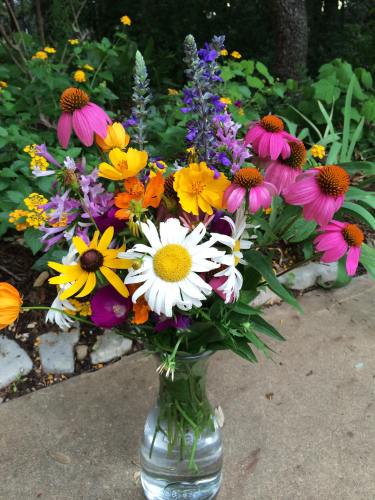

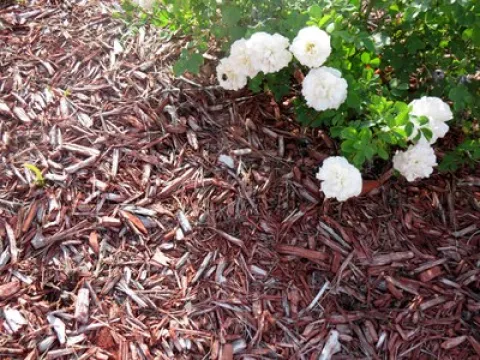
Water-Wise Tips Recap
- Deep, Infrequent Watering: Encourage deep root growth by watering thoroughly but less often.
- Mulching: Conserve moisture and keep the soil cool by applying a layer of mulch around your plants.
- Avoid Overwatering: Allow the soil to dry out slightly between waterings.
- Water at the Base: Target the roots when watering to avoid wetting the foliage and minimizing fungal diseases.
- Drought-Tolerant Varieties: Choose flowers that are naturally adapted to drier conditions.
Remember to adapt these techniques to your specific climate and soil conditions for the best results.
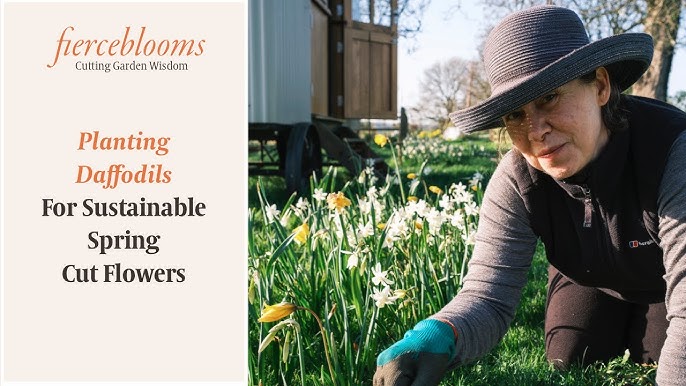
Conclusion
Growing your own cut flowers is a deeply satisfying experience, and with a little water-wise wisdom, it can be a sustainable one too. By choosing the right varieties, employing smart gardening practices, and creating simple, elegant arrangements, you can bring the beauty of the garden indoors while minimizing your environmental impact. We hope this inspires you to embark on your own indoor cut flower garden journey!
Now, we'd love to hear from you! What are your favorite water-wise flowers to grow for cutting? Share your experiences and tips in the comments below!